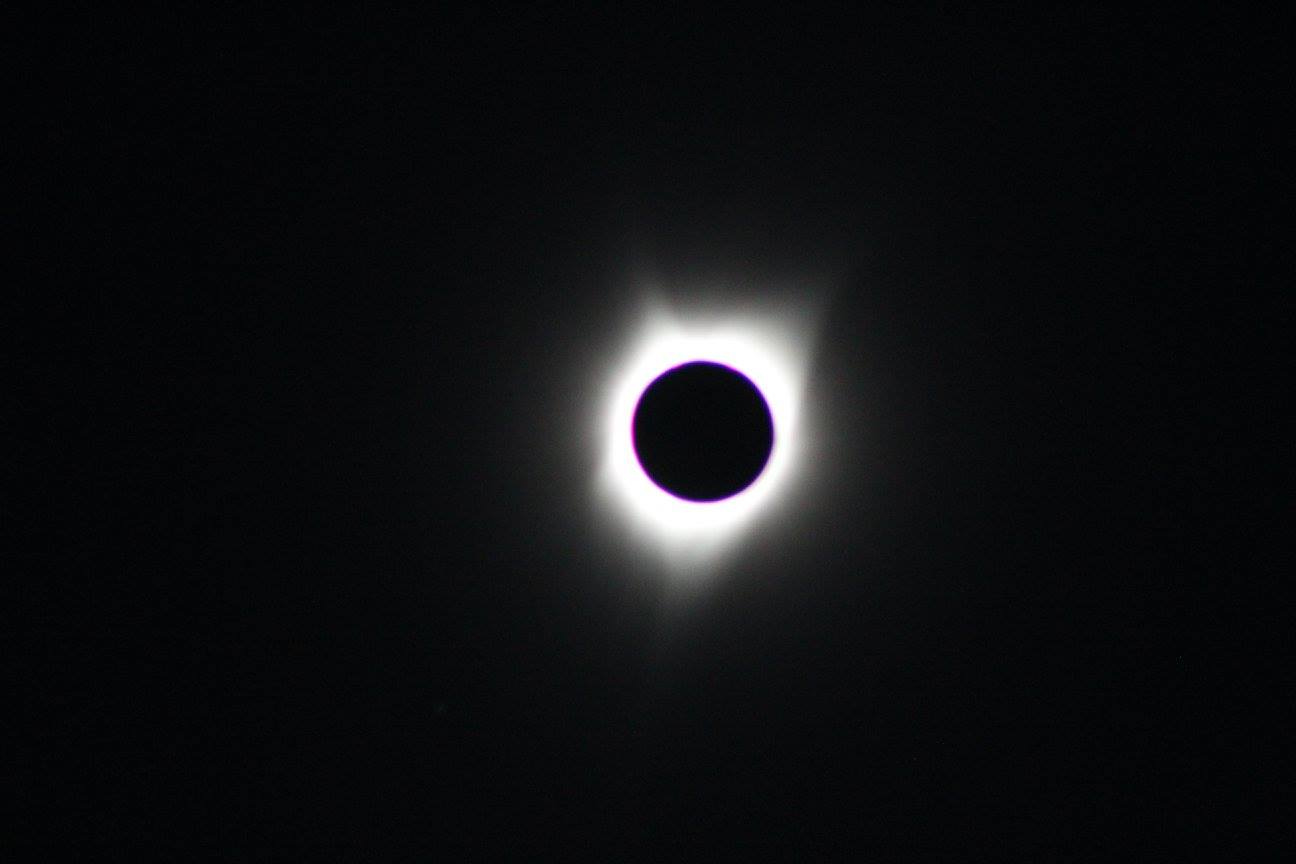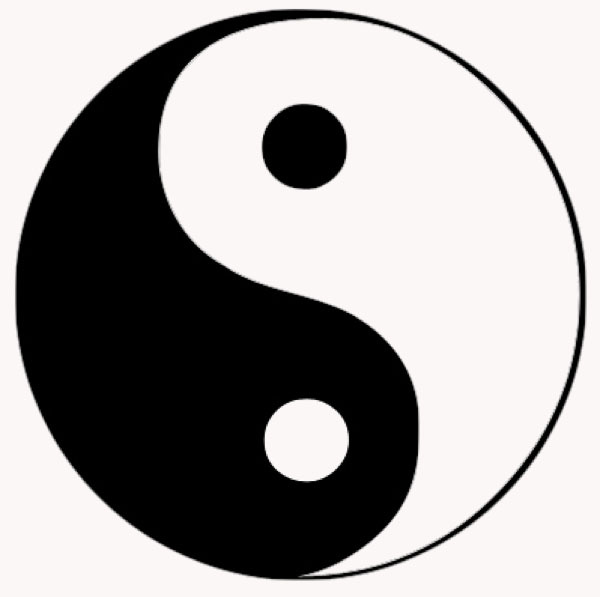Follow the links to parts 1, 2, 3, and 4.
I mentioned Teresa earlier. She was always one of my favorite saints, not only for her deep intellect and striking spiritual insights, but also for her headstrong will that gave her the resolve necessary to endure the challenges of the ongoing Spanish Inquisition, the Catholic church’s identity crisis in the face in the wake of the Protestant Reformation, and her own critics. No shrinking violet, Teresa undertook reforms of her order, seeking to root out corruption in the ranks, and her written works earned her no small amount of consternation, as it rankled (male) church leaders that she taught others so with such persuasion, eloquence, and force when women, especially nuns, were expected to be obedient and submissive.
She was such an irritant, in fact, that the papal nuncio to Spain famously referred to her as a “disobedient, contumacious woman who promulgates pernicious doctrines under the pretense of devotion, who left her cloister against the orders of her superiors, who is ambitious, and teaches theology as though she were a doctor of the Church, in contempt of St. Paul, who forbade women to teach.”
That’s some serious shade. But Teresa would posthumously get the last laugh, as Pope Paul VI actually named Teresa the first female doctor of the church, in 1970.
Her written works are classics of Christian theology and spiritual mysticism, and it was probably the latter that got her in trouble with the inquisitors and church leaders most of all. Perhaps it was understandable that her many claims of rapturous spiritual experiences were often met with skepticism, but Teresa wouldn’t have been Teresa without them. Consider, for example, the passage from her autobiography that inspired the Bernini sculpture, in which she envisioned an angel in her presence:
I saw in his hand a long spear of gold, and at the iron's point there seemed to be a little fire. He appeared to me to be thrusting it at times into my heart, and to pierce my very entrails; when he drew it out, he seemed to draw them out also, and to leave me all on fire with a great love of God. The pain was so great, that it made me moan; and yet so surpassing was the sweetness of this excessive pain, that I could not wish to be rid of it. The soul is satisfied now with nothing less than God. The pain is not bodily, but spiritual; though the body has its share in it, even a large one. It is a caressing of love so sweet which now takes place between the soul and God, that I pray God of His goodness to make him experience it who may think that I am lying.
Now look at the sculpture again. Teresa is shown reclining, her head tilted back, a bare foot dangling free beneath her, and one hand attempting fruitlessly to grasp at something solid to hold her up, as a cupid-like creature with a mischievous grin prepares to impale her with his spear of divine love (ahem). With her eyes closed, her lips parted, and her shimmering vestments suggesting the quivering of her body, Teresa is quite plainly experiencing a spiritual orgasm.
I’ll grant to the skeptics that the whole passage that inspired the sculpture could be dismissed as the neurotic ramblings of a sexually repressed nun. To be sure, Teresa was a troubled woman in some regards, having suffered from poor health most of her life and no doubt being scarred by what she suggests was a sexual relationship with a older female relative when she was a teenager. Some have twisted her writings to paint a picture of Teresa as something she clearly wasn’t, perhaps ignorant of her struggles. (Or perhaps not.)
But putting all that aside, the erotic trance she wrote about suggests to me the shattering orgasmic potential of the spiritual experience. The spiritual life, after all, doesn’t have to be a sterile drudgery of reciting rosaries, confessing sins, and trying to bear the weight of crushing guilt. Anyone who practices tantra, yoni worship, or any such intimate practice can surely tell you of the ecstatic heights one can reach by blending spirituality and sexuality. The experience, as Teresa of Avila expressed in her own way, is obviously both liberating and transcendent.
The concept of yoni worship in particular is commendable for its elevation of the female and its regenerative powers. Strongly associated with Shaktism, a sect of Hinduism that envisions creation and the godhead as inherently female, yoni worship is itself a tantric practice, centered on the female genitalia as the symbolic source of the universe. By extension, then, women are themselves worshipped as an embodiment of the sacred feminine — a human expression of the goddesses that brought the universe into being.
In such ceremonies, the yoni is bared, either symbolically or physically. Not only is the revealed yoni said to radiate healing and protective powers, but its exposure also alludes to the joining of male and female sexual fluids, which themselves are believed to hold a sacred essence when commingled.
This is serious stuff, though, not intended to be a sexual free-for-all with some spiritual mumbo-jumbo tossed in. In fact, yoni worship is not intended to be performed at all in front of men “still possessed by their animal nature.” It is quite literally a worship of Shakti, the feminine essence and creatrix of the universe, often as represented by a woman in the ceremony. The Yoni Tantra accordingly makes it clear how women are to be regarded:
Women are divinity, women are life, women are truly jewels.
Women are heaven; women are dharma; and women are the highest penance. Women are Buddha; women are the sangha; and women are the perfection of Wisdom.
Liberation is achieved through enjoyment. Happiness is gained through enjoyment. Therefore, by every effort, a sadhaka should become an enjoyer. The wise man should always avoid blame, disgust, or shame of the yoni.
I have no doubt that Aleister Crowley and his left-hand peers were aware of such Eastern exotic practices when they created the sexually charged practices of their own rituals. The obvious difference is that, wereas the yoni is revered as a healing source of life in Indian practices and a man's "animal nature" has no place in the ceremony, full female nudity is a central aspect of left-hand ceremonies that celebrate carnal indulgence. As mentioned, in left-hand practices, a naked woman becomes the altar itself.
Left-hand ceremonies by design lack the reverence of something like a yoni ritual, being as they are an affirmation of indulgence over abstinence. And it is probably for that reason that the female nudity that figures into left-hand ceremonies has long been a point of criticism.
Now, granted, if you’ve ever seen pictures of Anton LaVey at his ceremonies, dressed up in his ridiculous devil-horned Halloween-ish costume, while an abundance of naked women swarm around him, you could argue that he was just exploiting women for the sex — and for all I know, you could be right.
 |
| An elaborate case of trick-or-treat play-acting to get the girls? Only Anton LaVey knows what his intentions were, and dead men tell no tales. Source: YouTube screen shot. |
But whatever LaVey’s intentions, it doesn’t detract from the fact that many who have participated insist that such ceremonies still serve to elevate and glorify the feminine. As one female practitioner said of the naked-woman-as-altar tradition:
A nude female altar is the symbol of the Earth Mother — the embodiment of creation. […] It’s only “seedy” to those that are repressed enough to find the female body “seedy.” […] To be the physical representation of the human race’s lustful desires in that moment is a powerful feeling.
The experience afforded me the opportunity to explore some doubts and insecurities about myself and my body that I might otherwise have never addressed, subsequently releasing them. That is the very definition of liberation.
So whether it’s a LaVeyan celebration of the pleasures of the flesh or the sacredness of an Indian tantric ritual, the end result is in either case a ceremony in which the woman at the center of the service is being, in some manner, worshipped. Men, accordingly, would do well to remember that the woman, by virtue of being the object of worship, is ultimately in charge of such rituals. The point, after all, is to center and elevate women, not to use them to indulge our physical desires.
If we take this approach seriously and extend it beyond the context of a spiritual ceremony, truly centering women as both our spiritual superiors and the symbols of life-giving power with which we yearn to merge, we would almost certainly make our world a little less messed up than it is. Not that women are inherently better than men, and not that some women on a case-by-case basis aren’t awful people, but our world is being torn apart by the heat of anger and violence, and if we were to prioritize traditionally yin values like nurturing, care, empathy, compassion, and love above the conflict and hate that rule in today’s environment, we might just be able to turn things around. Men have mostly been in charge of things for millennia, and let’s face it — we haven’t done a really great job.
William Moulton Marston had that same idea in mind when he created Wonder Woman in the 1940s. A man ahead of his time, Marston once said that “Wonder Woman is psychological propaganda for the new type of woman who, I believe, should rule the world.”
Think of Diana Prince’s monologue from the end of the excellent 2017 Wonder Woman movie to get an idea of what that kind of world and its enlightened leadership would look like:
I used to want to save the world. To end war and bring peace to mankind. But then I glimpsed the darkness that lives within their light and learned that inside every one of them, there will always be both. A choice each must make for themselves. Something no hero will ever defeat. And now I know that only love can truly save the world. So, I stay, I fight, and I give, for the world I know can be. This is my mission now. Forever.
Sounds great, if it’s not too late to turn the tide.
Incidentally, the scene where Wonder Woman emerges from the World War I trench to take on German fire is truly one of the great moments in cinematic history. Who wouldn’t be proud to be led by a brave, strong, and beautiful leader like that?
In conclusion, we can pivot back to the Hindu tradition and perhaps strive to make these female-centering lines from the Shaktisangama Tantra something like a prayer or meditation for our life and times:
Woman is the creator of the universe,
the universe is her form;
woman is the foundation of the world,
she is the true form of the body.In woman is the form of all things,
of all that lives and moves in the world.
There is no jewel rarer than woman,
no condition superior to that of a woman.
Indian tradition, particularly Shaktism, points us strongly toward this power of the feminine, an aspect that seems equally ignored, misunderstood, and abused in the Western world. In Shaktism, for instance, maleness is the foundation on which the feminine creates and animates life. The male is static, undifferentiated consciousness and eternity, the base raw material of existence, but it is the female that gives it purpose, vibrancy, color, and beauty. If the male is the rugged bones and sinews of the body that build a firm foundation for a being to exist, then the female is the soft flesh and blood that impart life, beauty, individuality, and meaning to each being. The male likewise is the foundation, beams, and girders that give a house its form, but the female beautifies the exterior and fills the interior with nurturing and love, transforming a house, a mere shell of a building, into a home, where life plays out and love flourishes.
Notably, this view of Shakti is not so different from the Jewish concept of shekinah, the manifested feminine energy and presence of God. One might say the shekinah is the feminine soul of the divine, without which God could not create. And perhaps, then, Sophia is its personified manifestation.
Thus, the feminine need be neither antagonistic toward the male nor subservient to it. Rather, each has a vital role to play, and each supports the other. As much as Lilith has become something of a feminist icon in the modern age, to read her as a rejection of the male is to misunderstand how the sexes ought to work together. Inasmuch as Lilith represents the rejection of patriarchal dominance over women, though, she is a powerful icon indeed, one worthy of our embrace. Men and women alike might do well to view her as a reminder that no one owns us and we are all autonomous and equally created creatures. But men in particular can see her as a reminder that women are not to be regarded as inferiors or mere "helpmeets" or reduced to sexual receptacles for our carnal pleasure, but rather as something like goddesses come to Earth — those who create life, those who give life its form and purpose, those without whom life would be colorless and meaningless... indeed, without whom life would not exist at all.
So let’s hear it for the Church of the Black Sun, with Wonder Woman as our honorary high priestess. My church will be a church of two, if I’m lucky, and if it ever takes shape. But it will nonetheless be my statement of how to build a better world. I fully encourage all people to build their own churches that speak to their own hopes and desires.



















